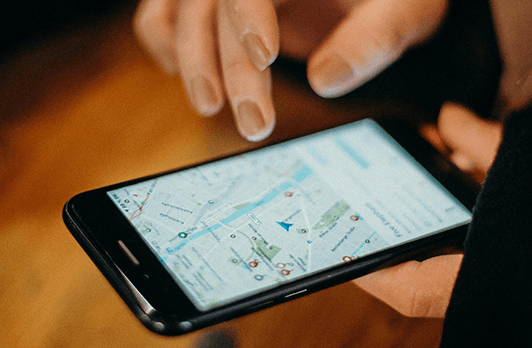 In a virtually connected world IoT, or Internet of Things, has become increasingly more important. This once-new concept has developed into multiple categories, such as Cellular IoT.
In a virtually connected world IoT, or Internet of Things, has become increasingly more important. This once-new concept has developed into multiple categories, such as Cellular IoT.
What is Cellular IoT?
Much like its parent category, Cellular IoT is the infrastructure and technology that connect the internet to users via the cellular network. It can also be explained as an IoT connection through existing mobile networks. The benefits of Cellular IoT include the following:
- Extensive Coverage
- Connectivity Flexibility
- Reduced Costs
- More security
- Remote Management
Due to significant improvements within the mobile coverage network, this segment of IoT is projected to grow despite uncertainties.
Cellular IoT Projected Growth
According to Strategy Analytics’ latest report, The Cellular IoT or IoT Cellular Connections industry is forecasted for 14% CAGR or a double-digit compound annual growth rate. This report takes into account connections by region and by Mobile Wireless Air Interface technologies (2G, 3G, 4G, 5G).
The report found that the Asia-Pacific and the North American regions are expected to result in the highest growth rate of up to 16%. The report also projected that by 2030, 5G would have significantly replaced most of the 4G connections. These results come as compared to 2022, where 71% of mobile connections are 4G.
These newly reported project growth results come after many professionals expected the Cellular IoT industry to decline due to Covid-19 infrastructure build-out restrictions and lockdowns.
Strategy Analytic’s Director of Enterprise Research, Gina Luk, went on to explain that the Air Interface technologies will be adopted in various growth stages and specifically stated the following. “The engine for driving 5G forward for fast growth and rapid adoption is its radio access technology, referred to as New Radio (NR). One recent example is NR support for reduced capability (RedCap) devices which can facilitate the expansion of the NR device ecosystem to cater to use cases include wearables (e.g., smart watches, wearable medical devices, AR/VR goggles, etc.), industrial sensors, and video surveillance, as these are not yet best served by the current NR specifications.”
As Cellular IoT continues to develop regardless of the Covid-19 interruptions, you can depend on GeoTel to continue to provide the most accurate and up-to-date telecommunications data. Contact the team to schedule a demo today!
Author: Valerie Stephen


